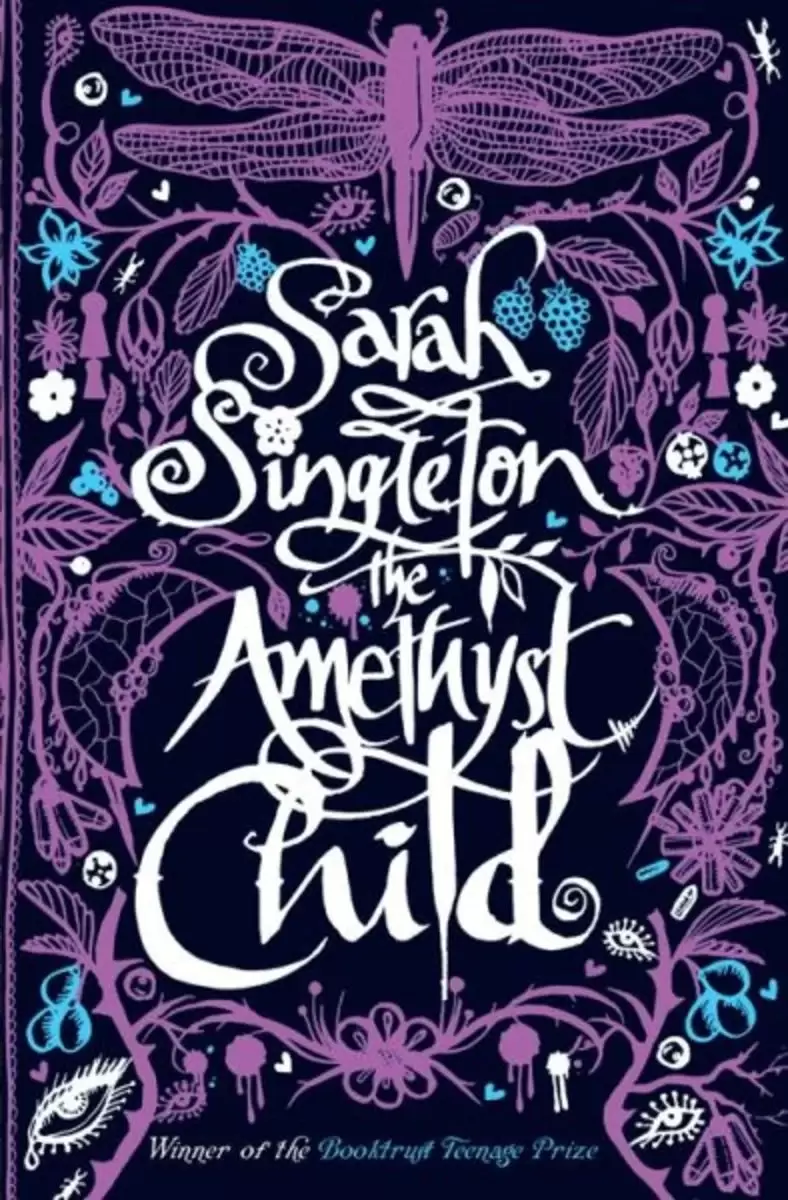Singleton builds up the relationship between Amber and Dowdie with efficiency, quickly earning the reader’s investment in the characters. This early section, with the two of them getting to know each other while Amber learns about Dowdie’s strange world, is the best part of the book. Watching their friendship unfold is sincerely heartwarming, but it’s leant a tension by the undertone of darkness hinted at by the gradual revelations about the Amethyst Children. It’s a potent mix that carries the reader forwards.
The writing throughout the book is wonderful. Singleton has a talent for beautiful descriptions that evoke the atmosphere of a heady summer. She sustains the tone throughout the book, which is impressive, and by and large it is well paced and shows a tight degree of narrative control.
There are a few problems which appear in the second half of the novel. One of these is the character of Johnny, Amber’s love interest, who is a little clichéd and feels like he’s filling a role rather than being a three-dimensional character. The resolution is also an issue. Not only does it feel rushed, the final climactic scene consists of James essentially explaining his backstory to Amber in a way that’s clunky and forced. Given how much was at stake in the novel, I also thought it was all wrapped up too neatly and came across as rather pat. This was doubly disappointing because much of the build-up was very strong, and showed a lot of potential.
However, I would still say that overall, The Amethyst Child is worth reading. I found myself absorbed by the world that Singleton creates, and got attached to the characters, hoping that nothing bad would happen to them. I find cults in general fascinating, and the Community was an interesting depiction, halfway between a sincere attempt to make a place where people can belong and something more sinister. Wisely, Singleton keeps it ambiguous as to whether or not James’s beliefs are true, leaving it up to the reader to decide. The point is not if Amber really is an Amethyst Child, but why she needs the cult in the first place, and that is far more interesting.
Review by Charlie Alcock

 RSS Feed
RSS Feed
